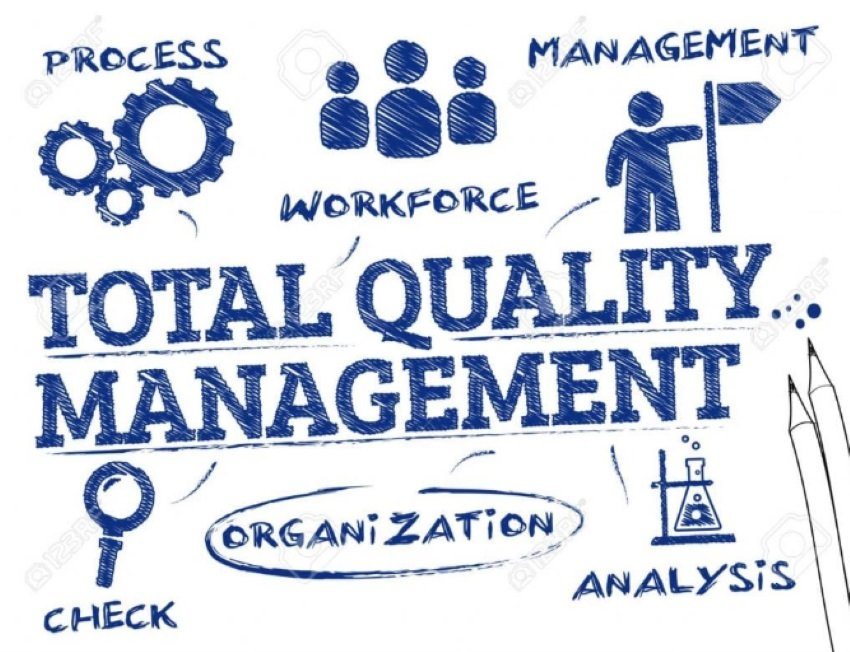Total Quality Control
Doing the Right Things Right, First Time

Total quality control is all about doing the right things right, first time. It is a complete focus on the management of people and process to guarantee customer satisfaction at all times.
The concept of the "supplier" and the"customer" is expanded to include internal suppliers and customers, that is those who undertake a process and those who are on the receiving end of a process.
The UK Government Department of Trade and Industry (DTI) explain that the core of total quality control is: " the customer-supplier interfaces, both externally and internally, and at each interface lie a number of processes.
This core must be surrounded by commitment to quality, communication of the quality message, and recognition of the need to change the culture of the organisation to create total quality.
These are the foundations, and they are supported by the key management functions of people, processes and systems in the organisation."
Source: Total Quality Management [TQM] - PDF
What is Quality Assurance?
Quality can be defined as meeting and exceeding customer expectations by fully satisfying customer need and requirements in all respects. These will include product/service availability, consistency of performance, maintenance, cost efficiency and price.
It almost goes without saying that in order to achieve this the supplier organisation (and everyone within in it) needs to know what the customer wants and expects, to have the capability to deliver this supported by performance metrics that ensure that this happens consistently.
For an organisation to behave and perform in this manner demands a dominant quality culture that permeates all aspects of the organisation, starting with the leadership and then cascading down through the management, people, functions, processes and all activities, and a shared understanding of a common language of quality via continuous improvement.

Quality assurance definition
Quality assurance can be defined as the verification process for ensuring that the product/service meets or exceeds the customer's expectations.
Quality assurance is an integral component of total quality control and is a process-driven approach with specific steps that define and attain the quality goals.
"The most popular tool used to determine quality assurance is the Shewhart Cycle, developed by Dr. W. Edwards Deming. This cycle for quality assurance consists of four steps: Plan, Do, Check, and Act. These steps are commonly abbreviated as PDCA.
The four quality assurance steps within the PDCA model stand for:
- Plan - establish objectives and processes required to deliver the desired results
- Do - implement the process developed
- Check - monitor and evaluate the implemented process by testing the results against the predetermined objectives
- Act - apply actions necessary for improvement if the results require changes."
Source - read the full article here: What is Quality Assurance?
Quality Control Plans
What is a Quality Plan?
A quality plan is a document that helps you schedule all of the tasks needed to make sure that you meet the needs of your customer.
A major purpose of the document is to provide the customer with confidence that you will produce a solution that meets their needs.
The quality plan states everything you're going to do, to ensure that you satisfy the customer's requirement. It will include a definiton of quality targets and milestones when these will be achieved together with the internal and external reviews that will be undertaken to enusre that this has happened.
Here is an example: Quality Control Plans Template - PDF
Resources
Implement - from Quality to Organisational Excellence
Tools & Techniques for Process Improvement
Further Resources
Steps In Six Sigma Methodology
Return to: Home Page



